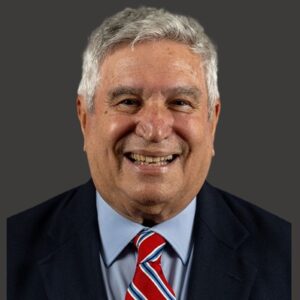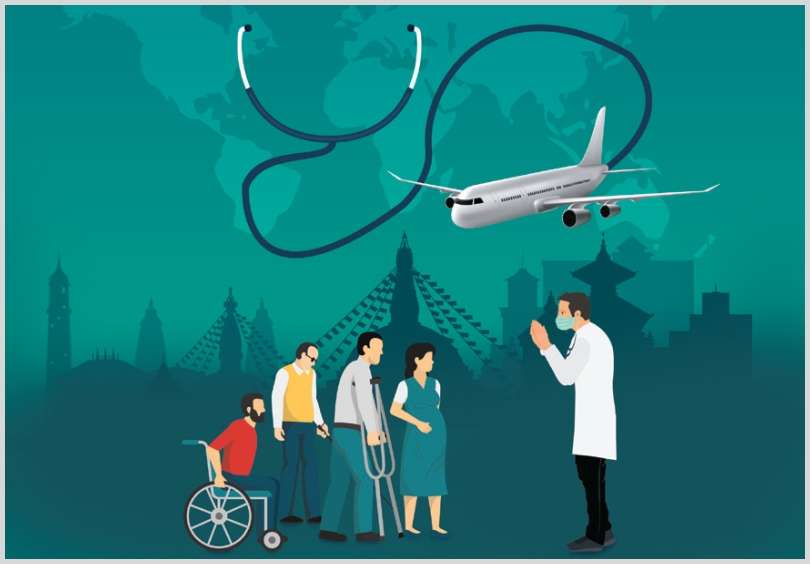Is Medical Tourism Right for Your Community? Understanding all type of Medical Tourism

Dr. Peter Tarlow, Ph.D.
World-renowned expert in impact of crime & terrorism on tourism, event & tourism risk management

One of the fastest growing trends in the world of tourism is medical tourism. Medical tourism can mean many different things and when discussing it, it is important to
be precise. From the patient’s (purchaser’s) perspective, medical tourism can refer to anything from travel to a destination for medical reasons, such as cancer centers, or for specific operations such a coronary bypass, to travel to a destination for medicinal, psychological, or even spiritual reasons, meditation centers, or a wide variety of spas. Medicinal tourism can be a term that refers to centers that cater not only to the sick but also to those who seek new levels of physical, mental or spiritual enhancement. Examples of this form of medical tourism are spas or centers that offer non-essential cosmetic re-makes and weight loss. Medical tourism of the hospital variety differs from the spa variety of tourism in that it aims to serve those who are sick and those who are accompanying the ill person. The latter type of medical tourism seeks clients who plan on returning on a regular basis, the former type of medical tourism seeks to heal the person so that s/he shall not have to return for additional care.
Elective medical tourism, such as the spa variety of tourism, has been around for thousands of years. In ancient times places such as northern Israel and Rome attracted visitors from much of the known world. Across the millennia then spa tourism has provided visitors with non-invasive therapies, and opportunities to improve physical fitness. In the modern world, spas also provide their guests with weight-loss treatments, special cleansing diets, and a variety of mineral and thermal skin treatments. Many spas also offer massage and yoga classes as additional ways to improve health and to de-stress.
Necessary tourism differs in that it often provides professionals, technology, or pricing that the consumer cannot obtain in his/her home location. Thus, people might travel long distances to consult with or be under the care of a particular physician or medical team or might be seeking good care at a price that is unavailable in their home location.
Both separate phenomena are often classified as “medical tourism” and although their raisons d’être are very different, they also share many similarities. Both forms of medical tourism also can provide essential services to a local population and thus “stay-experiences” rather than “travel experiences”.
Tourism Tidbits suggests that you consider some of the following ideas to help you determine if medical tourism is a good choice for your community, and if so, what type of inbound medical tourism to develop.
-Determine what health factors make your community unique. Marketable health factors can include exceptionally clean air, unique waters with minerals, quiet settings, and any other natural phenomenon unique to your community that would provide the traveler with health benefits.
-Make sure that your medical personnel understand the importance of a good bedside manner. In the world of medical tourism, physicians, nurses, and therapists are more than medical professionals. They also comprise a part of the tourism industry, and their patients are also “tourists”. That means that it is imperative to not only train medical tourism workers in their medical field but also to train them in customer service and the tourism product. How they treat their patients may well determine a patient’s willingness to return and what they tell others about their experience.
-Merge your tourism offerings with the local ambiance. Medical tourism is about creating psychological and physical harmony. Make sure to offer a wide variety of options, but at the same time, honor the place in which your tourism is located and integrate local culture and foods into your medical tourism surroundings and protocols.
-Make your hospitals user and visitor friendly. We generally view hospitals as places for the sick rather than wellness centers. Hospital tourism means not only integrating the patient with the local community but also seeking new ways to add to the person’s total wholeness. During the patient’s recovery phase, provide the patient’s family with day trips that help the patient heal socially. Develop special brochures for out-of-towners who are visiting sick friends and relatives. Remember that these visitors are in your community due to a loved one’s illness. They need excellent customer service, ways to relieve tension, and still feel that they are close to loved ones.
-Make sure that your medical tourism meets industry standards. Medical tourism is in an existential sense different from many other forms of tourism in that it involves the health and wellbeing of a guest. Make sure to meet all standards, advertise only what you can deliver and ensure that people understand the risks involved. The bottom line is that while transparency is essential in all forms of tourism, it is especially important in medical tourism.
-Take the time to get your medical tourism right! Terms such as medical tourism, spa tourism and wellness tourism are often used so loosely that no one is sure what these terms mean. Be truthful in your advertising; say what you offer and what you do not offer so that the customer is clear about the experience s/he is purchasing. Also be certain that resources, such as water (as used in spas), are tested on a regular basis so as not to turn a medicinal tourism experience into an illness-acquired experience.
– Make sure that you create medical tourism partner agencies.
A significant issue in medical tourism is what can a patient do after s/he has returned home and has a problem. Good medical tourism centers can provide 24 hour/7 day a week medical hot lines, but often a patient needs more than just a phone call. Medical records must be sent home in the patient’s local language or in a language that the local doctor can read. Establish relationships with partner hospitals and medical providers around the world and make sure that medical prescriptions can be filled in the patient’s country.
-Deal with the insurance problems before, and not after. Many visitors in both medical and medicinal tourism may want to use a local insurance plan. Be sure to list in your literature payment structures and whose insurance your institutions can accept. There is nothing less pleasant than having a fight over money when it comes to health and these disputes often cause visitors to have a negative reaction to the host community and not just the health provider. Make sure that health providers understand that they are an essential part of the community’s economic health and what they do or not do reflects on – and is likely to affect the medical tourism industry in the whole community.

Dr. Peter Tarlow
Dr. Peter E. Tarlow is a world-renowned speaker and expert specializing in the impact of crime and terrorism on the tourism industry, event and tourism risk management, and tourism and economic development. Since 1990, Tarlow has been aiding the tourism community with issues such as travel safety and security, economic development, creative marketing, and thought. Tarlow earned his Ph.D. in sociology from Texas A&M University. He also holds degrees in history, in Spanish and Hebrew literatures, and in psychotherapy.
Tarlow is the founder and president of Tourism & More Inc. (T&M). He is a past president of the Texas Chapter of the Travel and Tourism Research Association (TTRA). Tarlow is a member of the International Editorial Boards for academic tourism worldwide.
